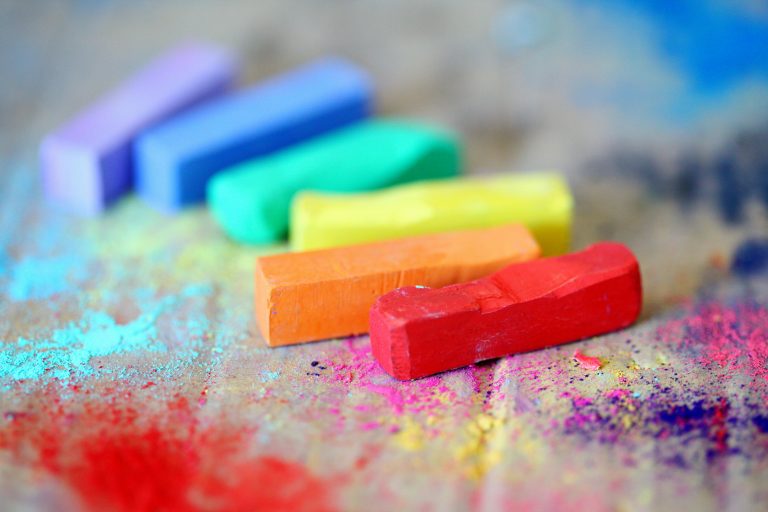The Psychology of Coloring and Why It Calms the Brain
Coloring isn’t just for kids anymore. From adult coloring books to digital art apps, more people are turning to this simple activity as a way to reset their minds and regulate their emotions. But what makes coloring so satisfying—and even healing? It turns out, there’s solid psychology behind why filling in shapes and patterns with color is one of the most calming visual rituals we can do.
Coloring Activates the Prefrontal Cortex
When you sit down to color, your brain shifts focus. The prefrontal cortex—the part of your brain responsible for decision-making and emotional regulation—becomes more active. Choosing colors, staying inside the lines, and visualizing patterns gives your mind something purposeful to do. That gentle focus helps quiet overthinking, reduce anxious spirals, and promote mental clarity.
It’s a Meditative Practice in Disguise
Coloring mimics the benefits of meditation. It keeps your hands busy and your mind lightly engaged, which makes it easier to stay in the present. Repetitive motion—like shading or filling in a gradient—creates a soothing rhythm that slows down racing thoughts. That’s why people often describe coloring as relaxing, grounding, and even emotionally cleansing.
Visual Control Brings Emotional Safety
When the world feels out of control, coloring offers a small but powerful form of control. You get to choose the colors, control the pressure of the pencil, and decide how each space gets filled. That autonomy, even in something as small as a coloring page, gives the brain a sense of safety and stability.
A Visual Expression of Mood
Coloring can also act as a silent emotional outlet. Whether you gravitate toward soft pastels, bold primaries, or cool neutrals, your color choices often reflect your inner state. You don’t need to talk, write, or explain—just color. Over time, this becomes a gentle way to check in with yourself and track how you’re feeling visually.
How Coloring Supports Stress Relief
Studies have shown that coloring complex patterns—especially mandalas—can reduce cortisol levels (the body’s stress hormone). The structured patterns offer predictability, while the act of filling them in delivers small moments of completion and reward. It’s not just “relaxing”—it’s neurological self-care.
Final Thoughts
Coloring is more than a creative escape—it’s a mindful, visual practice that supports emotional regulation and mental wellness. Whether you’re using colored pencils on paper or filling in digital designs on a screen, coloring offers the brain a way to slow down, focus, and breathe.
For more ways to slow down and reset, keep coming back to SootheSync.







